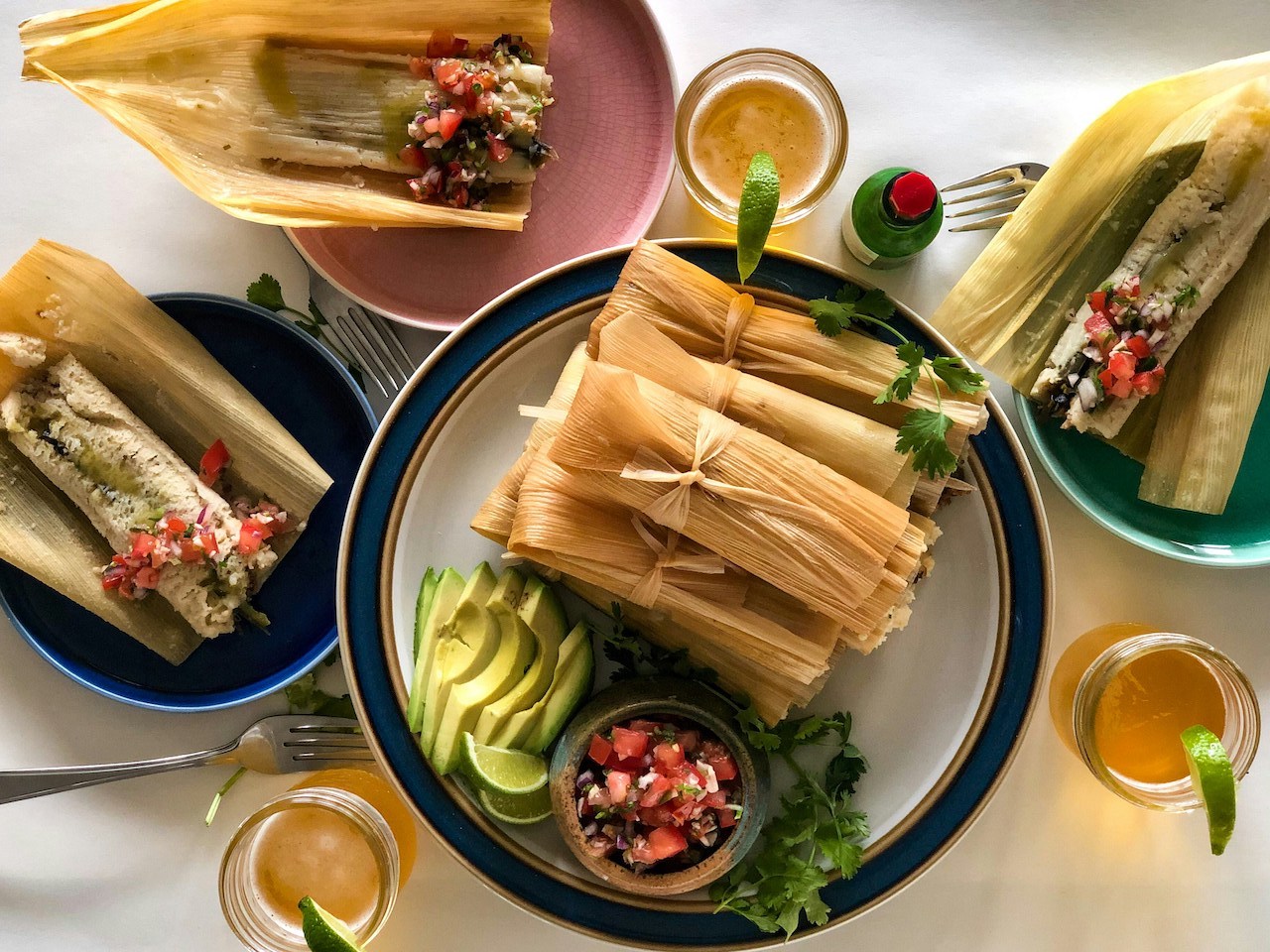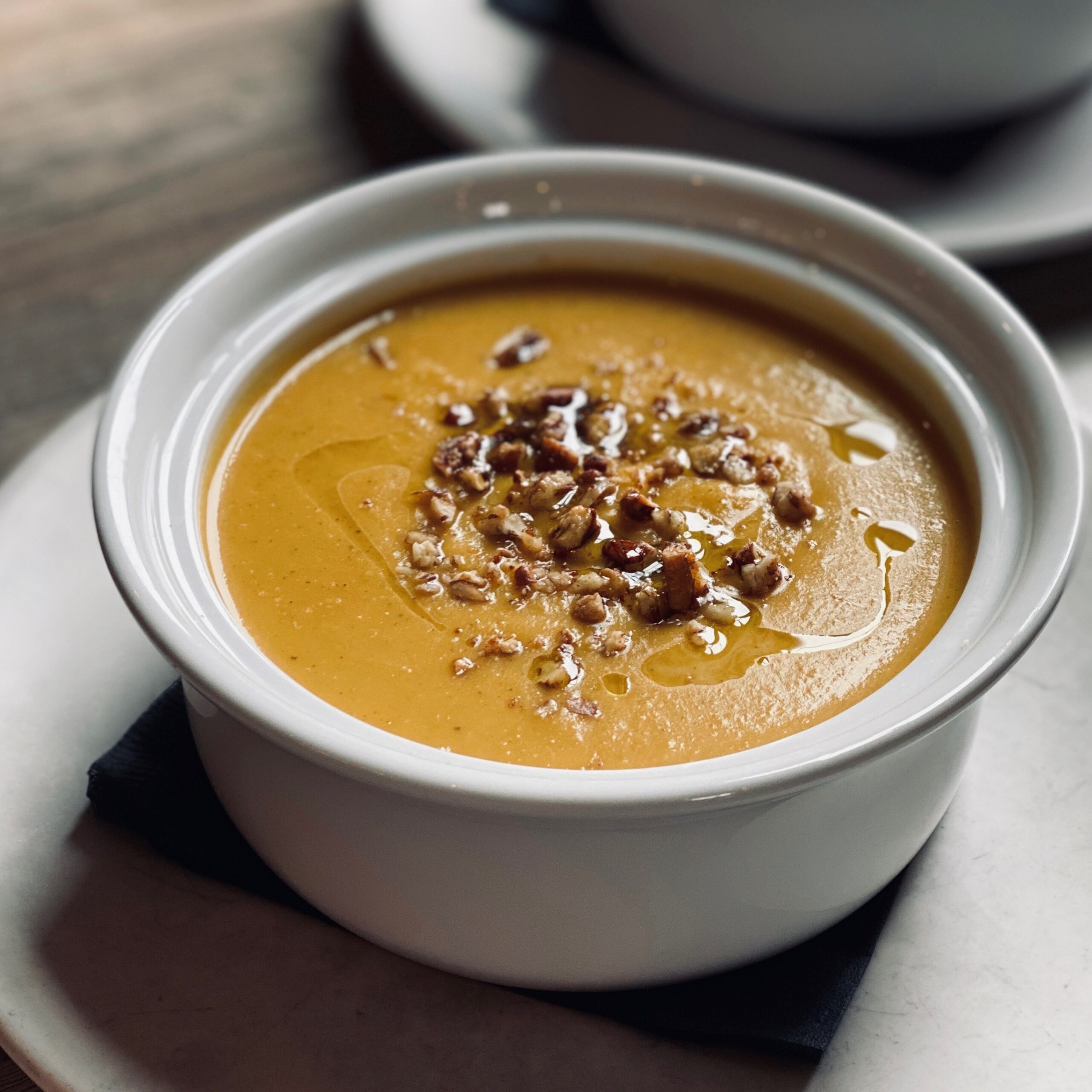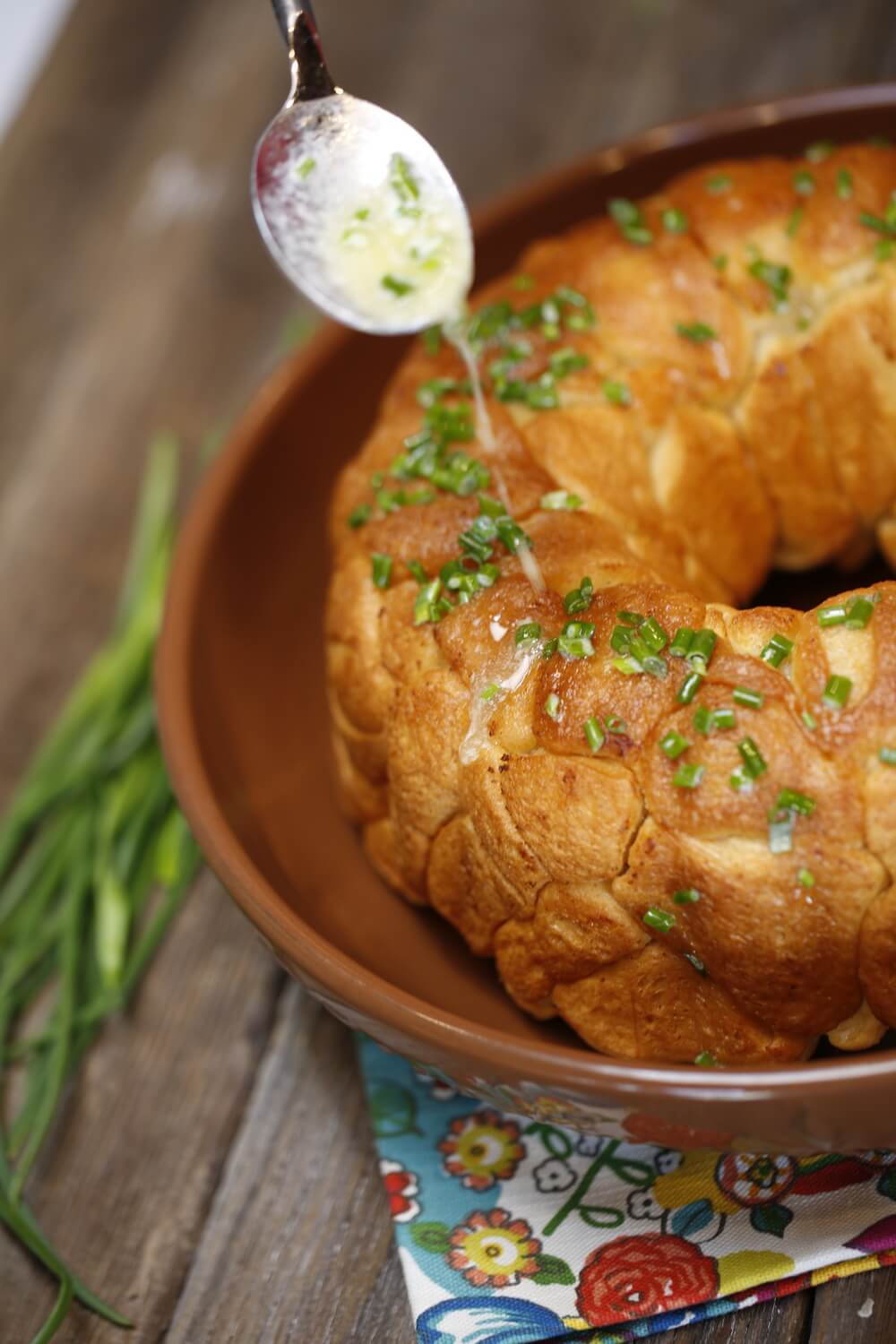
Mom and Monkey Bread
By Chef Deb Traylor
I sometimes marvel at the path that led me to becoming a chef because my mom, Helen, was not really a good cook. To be absolutely honest, neither were my maternal and paternal grandmothers. My mom would open cans or warm frozen dinners in the oven, but cooking was never really one of her specialties. My grandmothers, well, by the time the grandkids came along, I think they were mostly too tired to cook anymore or I wasn’t in the kitchen long enough to learn anything.

In many of my cooking classes I would tease that my survival as a child depended on learning to cook. I swore my mom would try to kill me every time she was in the kitchen. It was, as they say in Texas… a bit of a story. But I can recall the time she poured a can of peas, juice and all, into a stew that I took all day to make using only fresh ingredients – she thought it needed some “color.” She also thought a can of beets boiled for an hour was a perfect meal, as long as you served it with canned asparagus cooked just as long. Yes friends, I learned to cook for my own survival. At least that’s the story. 🙂
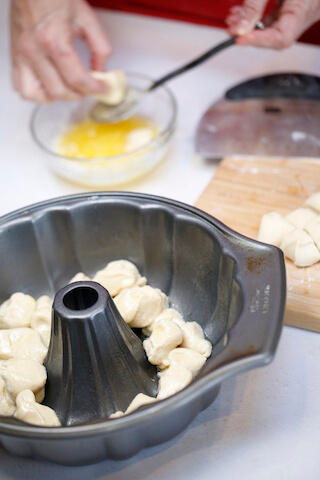
What I don’t always mention is, when I learned to cook at the tender age of six (PBS, Julia Child and a chicken…but that’s another blog post) it was the beginning of a wonderful supportive relationship I had with my mom. I would cook, and she would praise me for my efforts. I would cook, and she would find “new” used cookbooks for me to practice recipes from. It was my way to impress her, to make her happy, and to give her one less thing she had to worry about. Cooking was love, happiness, and mom all rolled in one.
The last conversation I had with my mom, she spoke about the importance of being happy and that she hoped I would “go for it” and do the one thing I’d talked about doing since I was a child. We both knew what “it” was, but it took a little time to gather the courage and enroll in Culinary School at the age of 40. I was the second oldest student in my class, a single mom with small children and my mom no longer there to encourage me. I was afraid. Who does this sort of thing at 40?
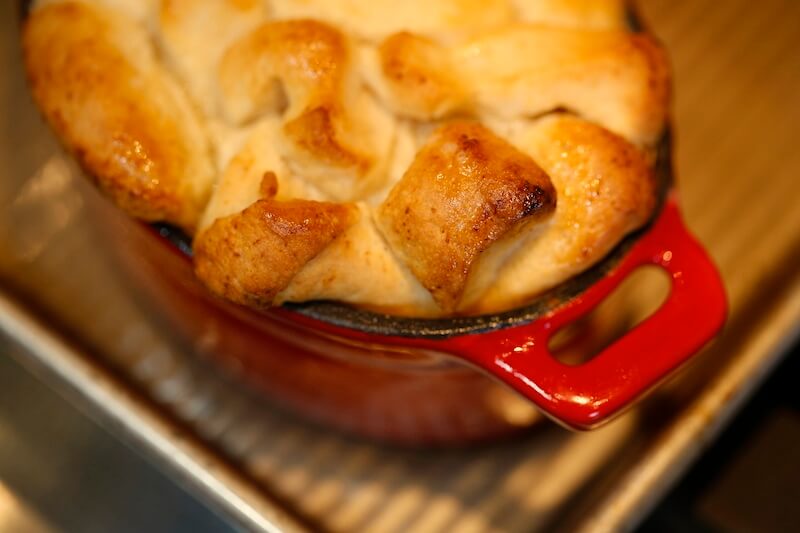
Apparently, Helen’s daughter does. She made me believe I could climb Everest without a Sherpa. Because of her encouragement I learned that food, cooked with care, was a great form of expression. She nurtured, cheered and encouraged my creativity while giving me free reign. While I cannot credit my mom for teaching me to cook, she did provide the inspiration to jump, without a net, into a career I thought was no longer a possibility. She’s the reason I am a chef!
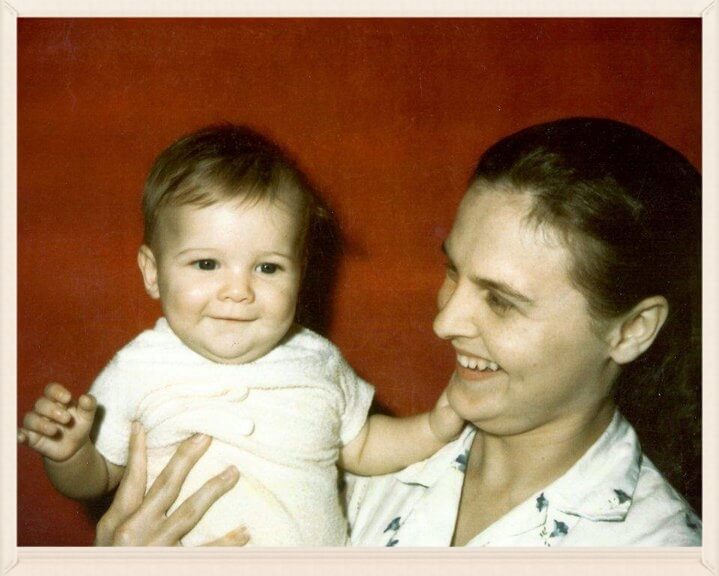 Me and my mom, Helen Frances (Neff) Irby, 1966
Me and my mom, Helen Frances (Neff) Irby, 1966
Today, I’d like to offer you the only recipe that my mom was famous for. It’s a south Texas version of Monkey Bread. Basic yeast dough dipped in butter and baked until golden brown. The recipe can be jazzed up with fresh herbs and/or garlic, or it can be made sweet by dipping the dough in cinnamon sugar, but my mom’s bread was simple and good. She always made two batches during family holidays. One we ate straight out of the oven, and the second was taken to my grandmother’s house to share. There are absolutely no canned peas or overcooked beets and asparagus in this recipe…I can assure you it’s safe to eat. I hope you enjoy it.
Happy Mother’s Day to all!
With love, Helen’s daughter, Chef Deb Traylor
Monkey Bread
Makes one Bundt loaf or 4-6 mini loaves

- 1 cup warm whole milk
- 1/4 cup warm water (approx. 105-110 degrees)
- 4 Tbsp. unsalted butter, melted and cooled
- 3 Tbsp. honey
- 3 1/2 cups bread flour
- 1 envelope (2 1/4 tsp.) instant or rapid rise yeast
- 2 tsp. fine sea salt
- 8 Tbsp. salted butter (1 stick), melted and cooled
- 2 Tbsp. chopped fresh chives (optional)
Combine milk, water, butter and honey in a large measuring cup. Mix 3 1/4 cups flour, yeast and salt in the bowl of a stand mixer. Using the dough hook attachment, turn the mixer on low and add the milk mixture until the dough comes together. It should take about a minute or two. (This recipe can also be mixed by hand)
Once combined, increase the speed of the mixer and knead for about 10 minutes. If the dough appears to be sticky, you can add the additional 1/4 cup of flour, 1 tablespoon at a time. (Dough will still stick to the bottom of the bowl, but will pull clear of the sides.) If kneading dough by hand, knead for 10-15 minutes, until the dough is smooth and elastic.
Once dough is smooth, turn the dough out onto a lightly floured counter and knead for an additional minute, then into a ball. Place the ball in a lightly oiled large bowl, and cover with plastic wrap. Let dough rise in a warm place until doubled in size, 1 to 2 hours.
When the dough has risen, lightly butter or grease your Bundt pan (or individual casserole dishes). Turn dough out on the counter and divide into 4 equal parts, then roll each section into a long rope. Cut each rope into 10-12 pieces. (I prefer to NOT roll pieces into balls, as I find the rectangle /rope shapes create a stronger structure. Balls of dough tend to fall off the top when it’s cooking). Dip all 40-48 pieces of dough into melted butter and layer them into prepared Bundt pan. Reserve any leftover butter. Cover pan, and let dough double in size in a warm place.
Preheat oven to 350 degrees F. Place the Bundt pan on the middle rack in the oven and bake for 30-40 minutes until the top is golden brown. Let the pan cool for 10 minutes, then place a platter on top of the pan and invert the monkey bread on platter. If you want, you can mix reserved butter with chopped chives and drizzle over bread. Serve warm.

